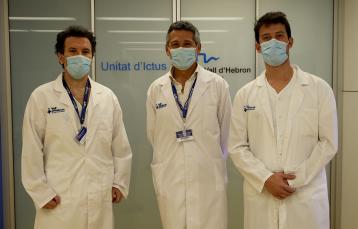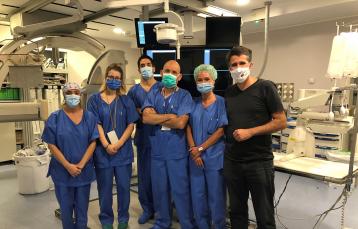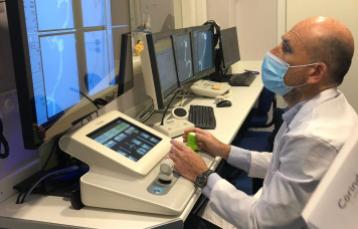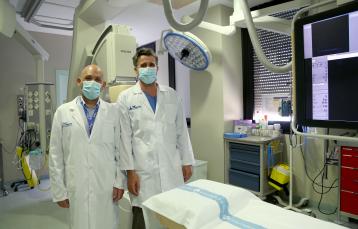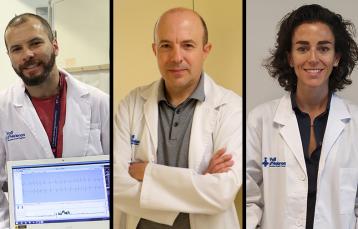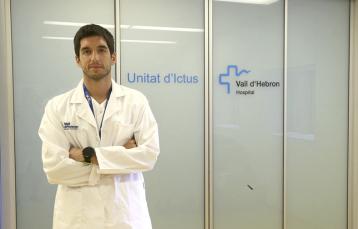When a patient has an acute ischemic stroke or a transient ischemic attack, there is a 15% risk of having a new ischemic attack within the first few days or weeks. To prevent this new stroke, aspirin is usually administered to these patients. A new study, co-coordinated and led by the Vall d’Hebron Stroke Unit, has shown that the use of aspirin together with the drug ticagrelor is able to reduce both a new stroke and the disability derived from it in the first 30 days compared to aspirin alone.
The results of THALES (Acute Stroke or Transient Ischaemic Attack Treated with Ticagrelor and ASA [acetylsalicylic acid] for Prevention of Stroke and Death) clinical trial have been published in The New England Journal of Medicine. The study had the participation of 414 centers from 28 different countries. Vall d’Hebron has coordinated the study at the national level and has been the main recruiting center in the Spanish State, with more than 150 patients participating.
Ticagrelor is an antiplatelet drug that is currently used for the treatment of myocardial infarction. In previous studies, it was found that when it was administered alone to patients who had had a stroke, it didn’t improve the action of aspirine alone in preventing new strokes or death. The aim of this study was to analyze the effect of both drugs together.
The study included 11,106 patients with a mean age of 65 years. All of them had had a mild or moderate acute non-cardioembolic ischemic stroke, in which cerebral blood flow is obstructed and causes brain cell death, or a transient ischemic attack, which occurs only for a short period of time and does not produce tissue death. In less than 24 hours, patients were assigned to one of two treatment groups: 5,523 people received ticagrelor and aspirin for one month, and 5,493 received placebo during the same time.
“Over the course of 30 days, patients who had received treatment with ticagrelor and aspirin had a lower risk of suffering a new stroke or dying compared to those who had received aspirin alone”, explains Dr. Carlos Molina, head of the Stroke research group at Vall d’Hebron Institut de Recerca (VHIR) and head of the Neurology Section-Stroke Unit of Vall d’Hebron University Hospital and principal investigator of the trial in the State. Specifically, in the group that took aspirin alone, 362 people (6.6%) had a stroke or died, while in the group that received ticagrelor and aspirin, 303 people (5.5%) suffered a stroke or died.
Furthermore, the results confirm that ticagrelor and aspirin treatment is capable of reducing the disability produced by repetitive strokes. “It is the first time that we have shown that this treatment reduces the risk of disabling strokes in people who have had a previous stroke”, says Dr. Molina.
On the other hand, researchers analyzed some security parameters. The results showed that the combination of ticagrelor and aspirin was associated with a higher risk of severe bleeding and brain bleeding than aspirin alone, although in all cases a very low number of people had these complications. “We are now working to identify which people are at a lower risk of serious bleeding and, therefore, who can benefit the most from this new treatment”, explains Dr. Molina.
